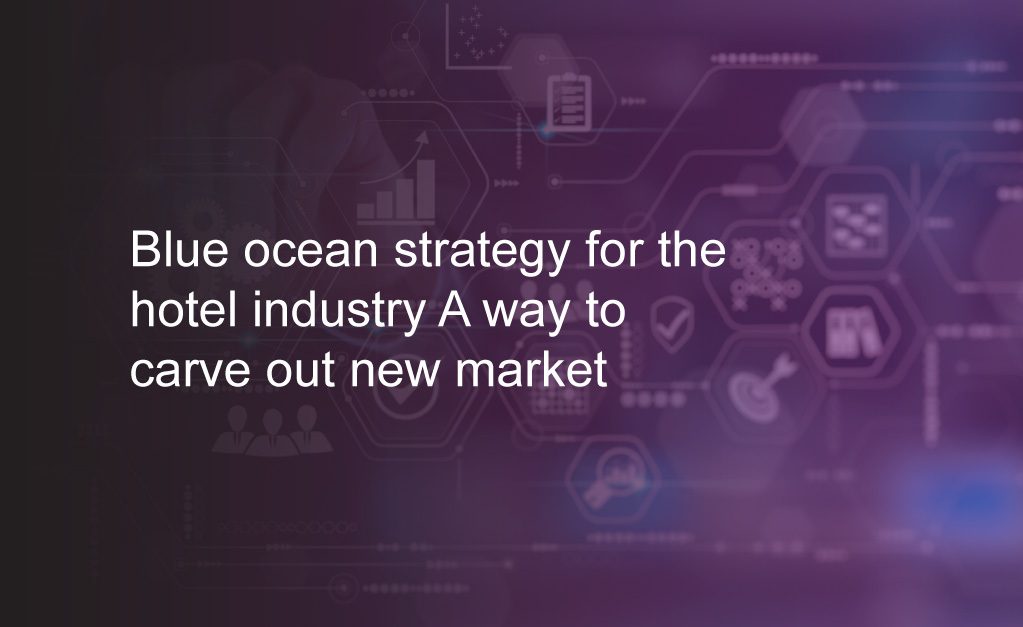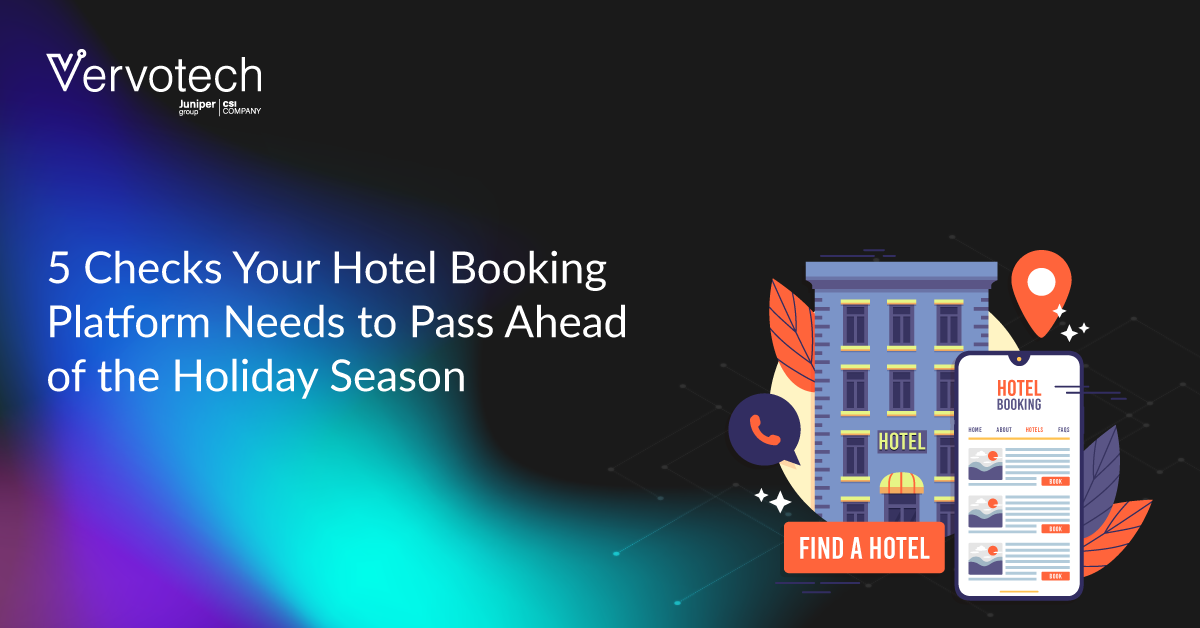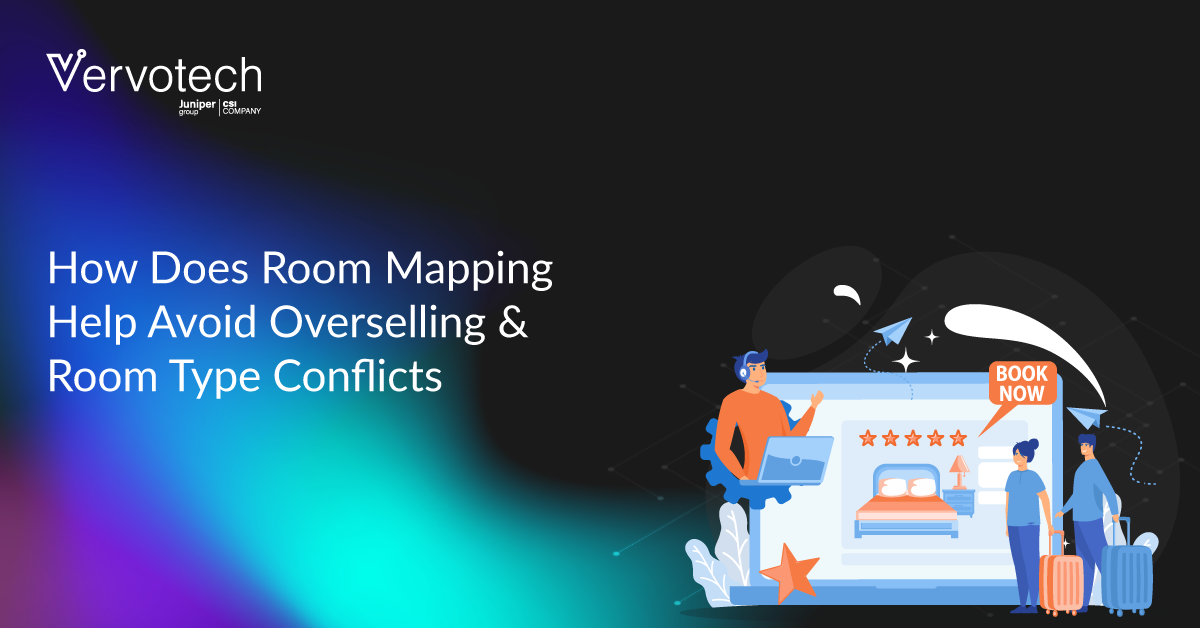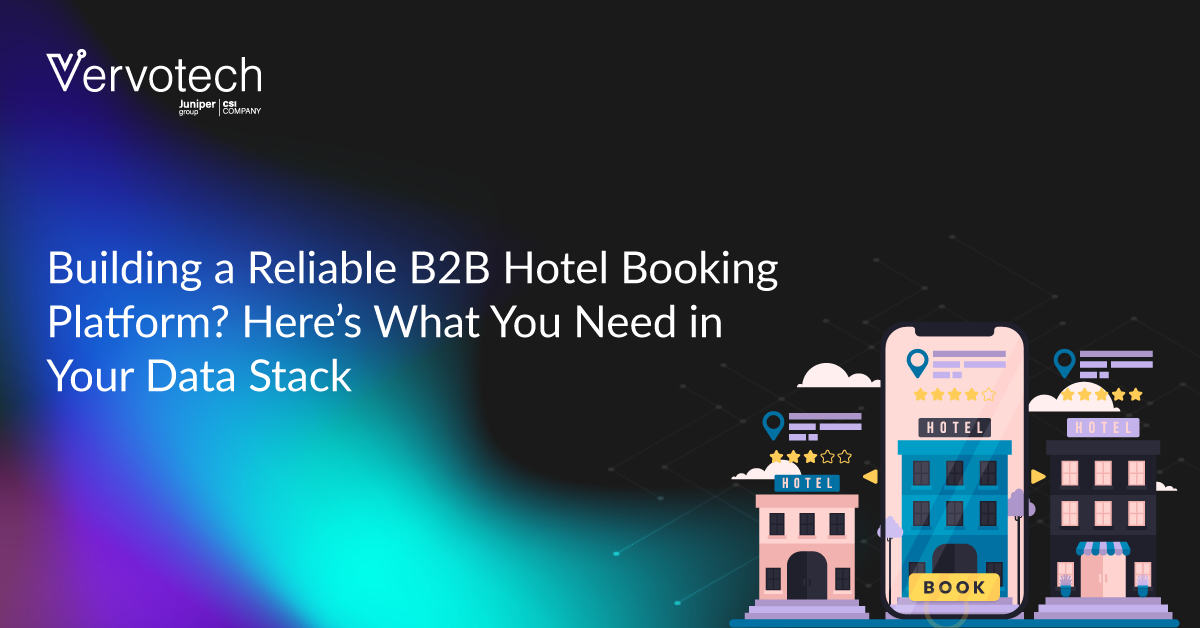The idea of the Blue Ocean strategy comes from Harvard press’ bestseller book, Blue Ocean Strategy – How to create uncontested markets and make the competition irrelevant, written by Kim and Renee Mauborgne.
The authors believe with BOS, you can “Discover a new way of thinking that allows you to break away from the pack while simultaneously reducing your costs, setting you on the path to profitable growth.”
What is an uncontested market?
The Blue ocean’s strategy is all about creating an uncontested market. What defines an uncontested market, then? It’s basically creating a market by capturing demand for the things that already exist, but no one in your competition is offering products or services to leverage that demand. Once you do, you have almost a monopoly on that domain. Even if someone tries to imitate you, you will be so far ahead in solving that problem that there will be a negligible contest between you and your competition.
However, the question erupts here – Can you create uncontested markets in the hotel industry? Where there are already too many players competing in the same market space. The answer to it is yes. CitizenM, a hotel chain, used one of the tools (ERRC) of the strategy to carve out an uncontested market for themselves. As we advance in this article, we will discuss the tools and implementation strategy. But before that, let’s clear the basics first and understand the core principle of the strategy.
What is the blue ocean strategy?
Ocean and the blue Ocean strategy is a metaphor that depicts the prevalent business environment, which in our case, is the hotel industry. The authors of the Blue Ocean strategy divide business environments into two sections. First is the conventional business environment; they call it the red ocean. Then there is this Blue Ocean, which is uncontested where there is no competition.
The essential characteristic of a red ocean is that it is a known marketplace. In this case, all the individual hotels and hotel chains would be a part of this marketplace and compete against each other. The fallout of the red ocean is the fact that there is extremely little space for everyone. The margins are less. And the scope to get a competitive advantage is very thin.
On the contrary, there is no competition in the blue ocean. You are the one who sets the rules of the game. It is your playbook.
The term ocean denotes the depth of unexplored market space. The deeper you go, the better the benefits you yield.
So, it was the subjective part of the thought or philosophy. But it is not just a thought. The authors give you tools to employ this strategy and benefit from it. Next, we will discuss those tools and their implementation in the hotel industry.
Also Read – The New Traveler Needs
How to employ the blue ocean strategy in the hotel industry?
 The creators of the blue ocean strategy, Kim and Mauborgne put together over 20 tools to employ the blue ocean strategy in businesses and leadership; you don’t need all those tools to create a blue ocean in the hotel industry. You need only two – the ERRC Grid and Strategy Canvas. Let’s first understand these tools, then further explore how you can use them to create a blue ocean – no competition zone in the hotel business.
The creators of the blue ocean strategy, Kim and Mauborgne put together over 20 tools to employ the blue ocean strategy in businesses and leadership; you don’t need all those tools to create a blue ocean in the hotel industry. You need only two – the ERRC Grid and Strategy Canvas. Let’s first understand these tools, then further explore how you can use them to create a blue ocean – no competition zone in the hotel business.
ERRC Grid
ERRC stands for eliminate – reduce – raise – create Grid. The principal thought behind ERRC Grid is as simple as its expansion says. Let’s put it into a broader perspective concerning the hotel industry.
Eliminate what others are doing. Suppose everyone has bigger lobbies, full-service restaurants, and bars. You eliminate that aspect from your business and –
Reduce focus on services that everyone else is offering. Now you –
Raise the quality of services that everyone is not focusing on, like elevating the sleeping environment for guests, providing quick access to a high-speed internet connection, etc. And then, with the final block of the Grid you –
Create what nobody else is creating, like KIOSK for a 2-minute self-check-in, 24/7 pantry, and bar. Or whatever value proposition you think your business has that no other entity in the hotel industry is leveraging it. That is where you can create the final block of the Grid.
Strategy Canvas
The strategy canvas is the extension of the ERRC tool. In the strategy canvas, all those factors that you eliminated, reduced, raised, or created through ERRC, you put them on the X-axis. In comparison, you keep all the competing elements on the Y-axis. And measure your progress on each of those offerings. The strategy canvas allows you to track the progress of the variables you decided to change in the ERRC grid. Such as, the rate of services you chose to reduce should gradually decrease. The quality of services that you decided to raise should steadily go up. If that is happening, you are certainly on the way to creating your blue ocean strategy or the market where there’s no one contesting you.
Wrapping up!
Every business dream of creating a monopoly in the market they operate in. So, if you can carve out a market where there is no or less competition, there’s nothing better you can do for your business. And the blue Ocean strategy leads you towards that. At the start of this article, you may have thought there’s no way you could have an uncontested market in the hotel industry, but the tools we described in the Blue Ocean strategy are definitely employable. And as we mentioned, hotel chains like CitizenM have successfully implemented it. So, why not you?







